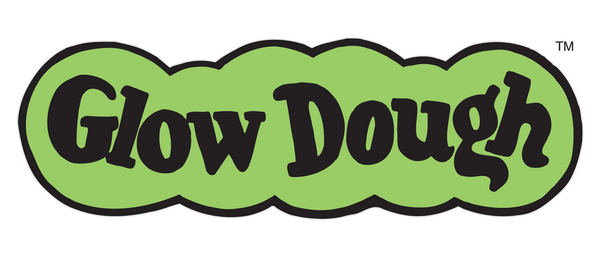Glow Dough Physics!
What form of matter is Glow Dough? Liquid. Solid. Not a gas. Turns out that states of matter is not as simple as what is learned in middle school. Keep reading for some fun Glow Dough trivia and a little science lesson along the way.
Beginner Glow Dough Physics
Push, pull, stretch, twist, flatten, tear, shape, squish… These are all fun things that are done with Glow Dough. Anytime one of these things is done it involves force. Force is the strength (energy) behind a movement. Force is the muscle behind the twisting and stretching. Motion is required to move the Glow Dough using force, motion is the process of moving and without motion working together with force Glow Dough wouldn’t be any fun.

Advanced Glow Dough Physics
If Glow Dough were to be studied in a physics class, it would probably be studied in the branch of physics called rheology (pronounced REE-ology). Rheology is the study of liquids and soft solids (gels, pastes, doughs etc.). Rheology is a science that applies to soft matter which are not elastic-for example rheology probably wouldn’t be used to study rubber bands since rubber bands are elastic (go back to their usul shape). Part of the Glow Dough science lesson would likely include a lesson on viscosity, the thickness of the stuff aka it’s resistance to flow (think water versus honey, where honey is more viscous and water is less viscous). Water and oil have low viscosity values versus Glow Dough which has a high viscosity value! Other things with high velocity values include molasses & honey.
Order some Glow Dough for your next physics lesson!


